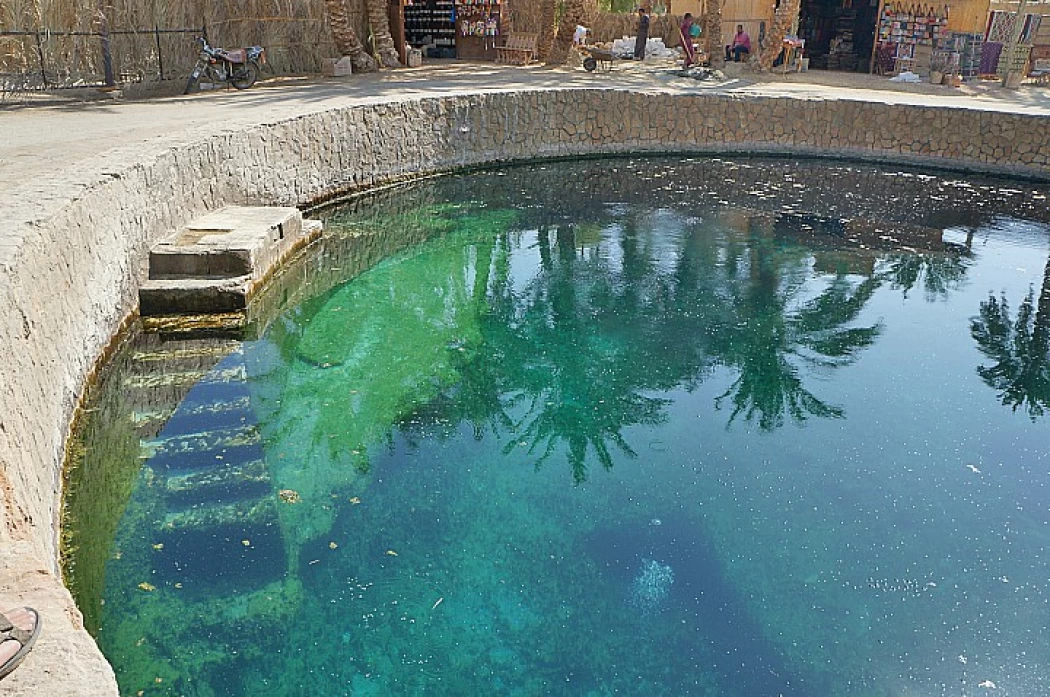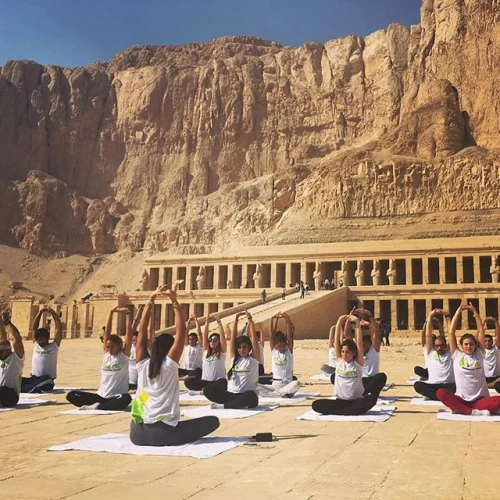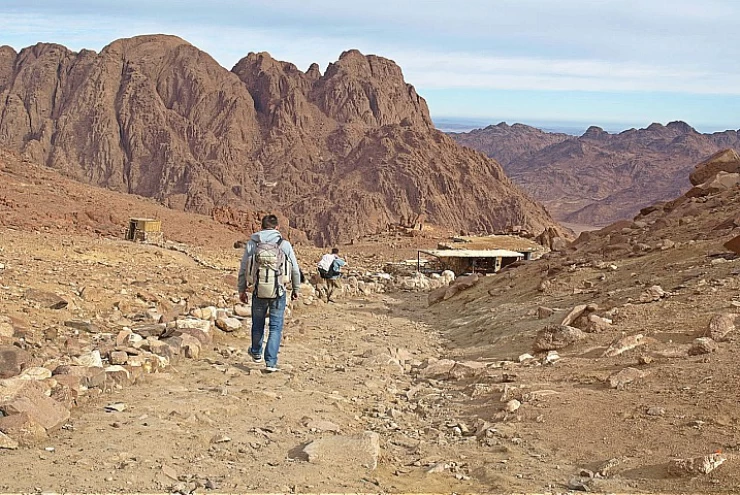
Egypt's Bahariya and Farafra Oases: Two of the Country's Most Enchanting Natural Wonders
The Farafra and Bahariya Oases encompass some of Egypt's rarest natural terrain, making one forget for a moment that the Giza pyramids are the country's most recognizable and attractive landmark, writes Juan Martinez. Egypt Travel Packages often include these oases for travelers looking to explore Egypt's hidden natural wonders.
A different face of the desert
Although the Farafra and Bahariya Oases, located in Egypt's Western Desert, do not cover even one percent of the desert area, they contain some of the rarest natural terrain and geological formations in the country. Although these two oases are not a spot where archaeologists go to find ancient tombs or hidden treasures, they are home to fossils of dinosaurs and other creatures that have not been seen by humans for millions of years. Egypt Shore Excursions often feature visits to these remote, natural wonders, providing tourists with a unique desert experience.
Life in an arid climate
About 370 kilometers southwest of the Egyptian capital Cairo, the Bahariya Oasis is a vibrant spot in the heart of one of the harshest regions on earth. Like most oases in the Western Desert, this oasis was formed when the ground level dropped to a level where groundwater and natural spring water emerged.
The hot springs are one of the main attractions in this lush, verdant area, which is dotted with palm and fruit trees. Many residents and visitors believe that there are therapeutic properties inherent in the water flowing from these springs, which smells of sulfur and has a temperature of more than 40 degrees Celsius. They also believe that enjoying these waters is the perfect end to a long, hard day. Egypt Day Tours often include a visit to Bahariya’s hot springs for relaxation and wellness.
Signs of a volcanic past
As I continued south from the Bahariya Oasis, I found myself surrounded by hundreds of hills covered in black ash. This marked my arrival in the Black Desert, one of the strangest desert terrains in the entire world. To get a better view of the place, I climbed its highest point, known as English Mountain. This is a spot from which one can admire and marvel at the unique world that exists there.
Once I reached the top of the “mountain,” my clothes were covered in powder from the black sandstone there, an indication of volcanic activity in the area during the Jurassic period. Visitors on Egypt Tours packages from USA can take guided tours to explore this fascinating terrain.
Limestone boulders on the flat ground
The terrain between the Farafra and Bahariya Oases is changing rapidly. Just 30 kilometers to the west, you can no longer see the hills of the “Black Desert,” and the dominant image is of flat, monochromatic land.
In this atmosphere, it feels for a moment as if the movement of nature has come to a standstill and all life has disappeared. However, the golden-colored limestone boulders that have appeared in this area as a result of soil erosion millions of years ago are home to endangered wildlife such as desert foxes known as white foxes, as well as Egyptian rams and gazelles.
Shaped by the forces of nature
Some 126 kilometers southwest of the Black Desert lies the White Desert, arguably the most unusual terrain in the entire Western Desert region. Filled with white limestone formations shaped either like mushrooms or sea waves, this vast expanse is a wonder of nature that amazes even the most experienced travelers.
These chalk-like rocky outcrops were created by a tectonic uplift that followed an ice age on Earth about 30 million years ago. Countless sandstorms since then have shaped the outcrops into their current form, making the White Desert a must-see for tourists booking Egypt Travel Packages.
Latest Articles
Admin
Aswan Governerate in Egypt
Aswan was known as ‘Sonu’ in ancient Egyptian times, meaning market, as it was a trading centre for caravans coming to and from Nubia. In the Ptolemaic era, it was called ‘Sin’ and the Nubians called it ‘Yaba Swan’. It was also known as the Land of Gold because it served as a great treasure or tomb for the kings of Nubia who lived there for thousands of years. Before the migration, Aswan's borders extended from Asna in the east to the border of Sudan in the south, and its inhabitants were Nubians, but after the Islamic conquest of Nubia, some Arab tribes settled there.
Admin
About Luxor Governorate in Egypt
The South Upper Egyptian area is home to the Egyptian governorate of Luxor. Its capital is Luxor, which was formerly Thebes, the capital of Egypt throughout multiple pharaonic eras. Its centers and cities are spread over both sides of the Nile River. The said governorate was established by Presidential Decree No. 378 of 2009, which was promulgated on the 9th of December of that year.
Admin
History of kafr El Sheikh Governorate
Kafr El Sheikh Governorate, located in the far north of Egypt in the Nile Delta, overlooking the Mediterranean Sea, is characterised by the diversity of natural life and environments, and is one of the Egyptian cities that can be visited after the end of the first semester exams at universities and schools, as it features many diverse tourist and recreational places at symbolic prices within everyone's reach.
Admin
Egypt's New Administrative Capital
The New Administrative Capital is considered the project of the era because it reflects a perfect image of the future and progress on the economic, cultural, social and civilisational level, as the capital is considered the new capital of Egypt at the present time. The importance of the New Capital is that it is a comprehensive transformation of the future of buildings, services and national and mega projects in Egypt.
Admin
Al Gharbia Governorate
The Governorate of Gharbia is inclusive in the geographical area of The Arab Republic of Egypt which is in the African continent, more specifically in the region surrounding the Nile delta, between Damietta and Rashid governance. To the control of the region from the north is Kafr El-Sheikh Governorate, from the south Menoufia Governorate, from the east – Dakahlia, Qalyubia Governorates, and to the west is the Beheira Governorate.
Admin
Hamata Islands (Qulaan Archipelago) in Marsa Alam
Each reserve has several sectors. In Wadi El Gemal Reserve, there is one of the natural areas called the Hamata area or Hamata sector in Wadi El Gemal Reserve. Its sectors are the perfect and most ecological, land and water, and host countless animals and plants found in the oceans and on the land.















